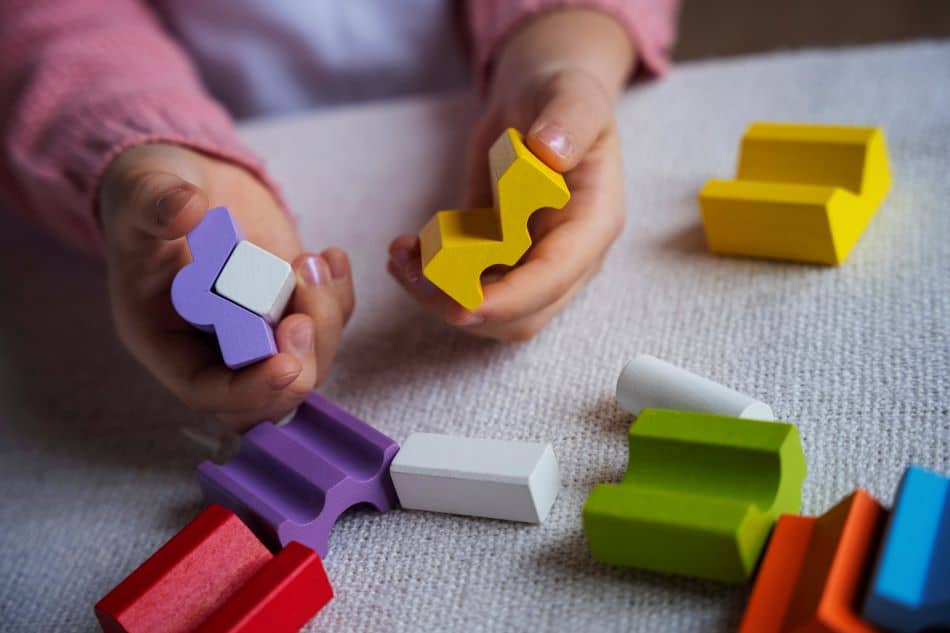Exercises to work on gross motor skills in kindergarten
Gross motor skills include all those activities that involve movements of large muscle groups, as well as the skills to change body position and maintain balance. It is possible to work on it in infants and toddlers with the following proposals.





